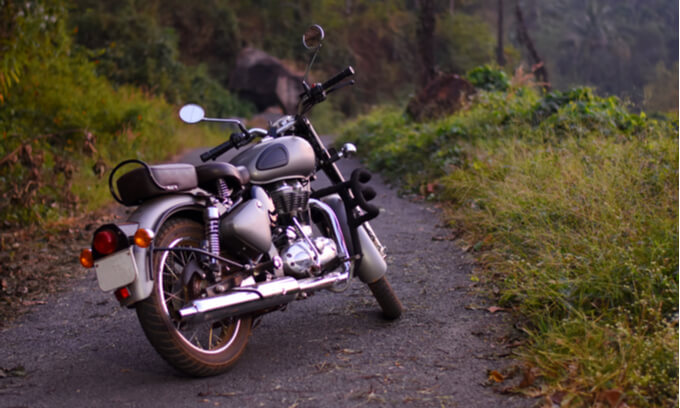KEY POINTS
- The cost of motorcycle insurance will depend on a few different factors, including the type of cover, the model of your motorcycle and your age.
- In Australia, Compulsory Third Party insurance is mandatory and generally the cheapest type of motorcycle insurance.
- Comprehensive motorcycle insurance is typically the most expensive, as it offers the most cover.
There are a few different types of motorcycle insurance that you can choose from in Australia. These are Compulsory Third Party (CTP), which is mandatory for a vehicle to be registered in Australia, third party property damage, third party fire and theft and comprehensive cover.
Is motorcycle insurance compulsory in Australia?
Compulsory Third Party (CTP) insurance is mandatory for all motor vehicle drivers in Australia, including motorcycles. It’s the most basic and generally the cheapest form of insurance. CTP protects you against compensation claims if you injure or kill someone in a motor vehicle accident.
CTP insurance is included in the cost of your registration, except in New South Wales where it’s known as Green Slip insurance and must be purchased separately before you register your vehicle.
CTP insurance does not cover damage to your motorcycle or damage to other people’s vehicles or property. To get a higher level of protection, you could consider comprehensive, third party fire and theft, or third party property damage cover.
Comprehensive insurance is generally the most expensive form of insurance, but provides the highest level of cover. Typically, it will cover you for loss or damage caused by things like theft, collision and natural events like hail, storms and fire. It also covers you for damage to other people’s vehicles and property, and your own legal liability.
How much does motorcycle insurance cost?
The average cost of motorcycle insurance will depend on a range of factors, including the type of cover you choose, the make, model and age of your motorcycle, the amount of cover you choose and the details of riders you list on the policy. This may include the rider’s age and gender and how long they’ve held a motorcycle licence for.
Here’s some of the factors that could impact your motorcycle insurance premium:
- Amount of cover: The higher the amount of cover, the higher your premiums will generally be.
- Excess: The insurance excess is an amount paid towards the repair of your vehicle, or deducted from your lump sum payout when you make a claim. Your insurance provider may let you adjust your excess to lower your premiums, but keep in mind that if you need to make a claim, you may face higher out-of-pocket costs.
- The motorcycle you’re insuring: The provider may consider factors like the motorcycle’s make and model, engine capacity, the year of manufacture and whether you’ve made any modifications. Generally more expensive motorcycles cost more to insure.
- Where you park your motorcycle: Where your motorcycle is parked overnight can also impact your premium. For example, whether you park it on the street or in a secured garage. Providers may also take into account the suburb your motorcycle is stored in and its crime rate.
- Security: Some insurance providers may offer a discount if your bike has security devices, such as an immobiliser or tracking device.
- Age: Premiums typically get cheaper as you age and gain more experience as a rider. In turn, if you list younger riders on your policy, it may incur higher premiums, as well as relevant age excesses.
- Rider experience: Some insurance providers also offer discounts if you have completed a rider training course.
Canstar does not currently research and rate motorcycle insurance. It can be a good idea to shop around and get quotes from a range of insurance providers based on your individual circumstances and the specific motorcycle you are looking to insure.
Remember to carefully read the relevant documentation such as the Product Disclosure Statement (PDS) and Target Market Determination (TMD) before buying a policy, so that you understand what you are and aren’t covered for.
Cover image source: Shyamjith pattiam/Shutterstock.com








